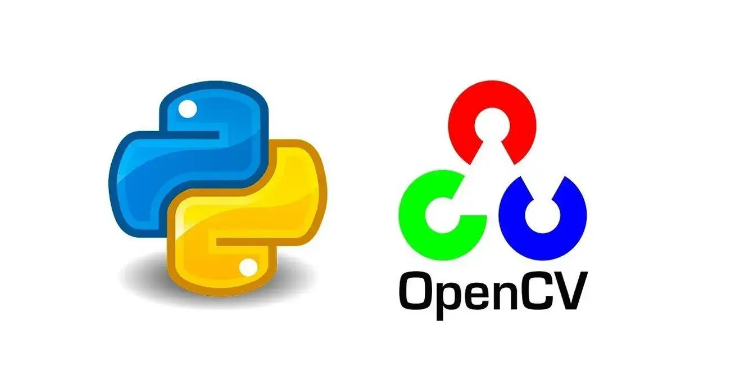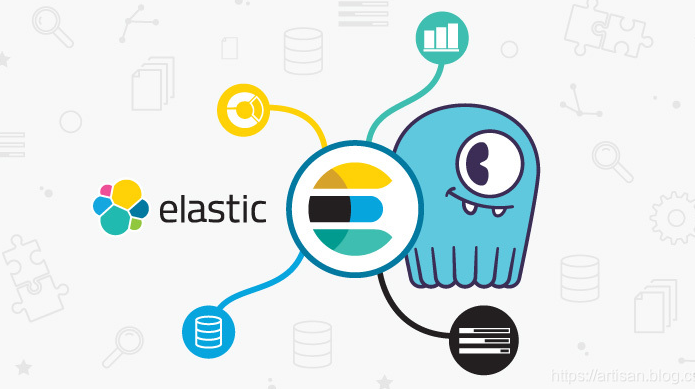在Spring Boot中,Java Config是一种使用Java类来配置Spring容器的方式,替代传统的XML配置文件。Java Config不仅更加类型安全,还提供了更好的IDE支持和重构能力。以下是一个简单的Spring Boot Java Config代码示例。
![图片[1]_Spring Boot Java Config实践示例:从零构建一个简单的Web应用_知途无界](https://zhituwujie.com/wp-content/uploads/2025/02/d2b5ca33bd20250213094513.png)
假设我们有一个简单的Spring Boot应用,包含一个控制器、一个服务和一个配置类。
1. 创建Spring Boot主应用类
首先,创建一个Spring Boot主应用类,该类包含main方法,用于启动Spring Boot应用。
package com.example.demo;
import org.springframework.boot.SpringApplication;
import org.springframework.boot.autoconfigure.SpringBootApplication;
@SpringBootApplication
public class DemoApplication {
public static void main(String[] args) {
SpringApplication.run(DemoApplication.class, args);
}
}2. 创建配置类
接下来,创建一个Java配置类,用于定义Spring Bean。
package com.example.demo.config;
import org.springframework.context.annotation.Bean;
import org.springframework.context.annotation.Configuration;
import com.example.demo.service.MyService;
@Configuration
public class AppConfig {
@Bean
public MyService myService() {
return new MyServiceImpl();
}
}3. 创建服务接口和实现类
定义一个服务接口及其实现类。
package com.example.demo.service;
public interface MyService {
String sayHello(String name);
}
package com.example.demo.service.impl;
import com.example.demo.service.MyService;
import org.springframework.stereotype.Service;
@Service
public class MyServiceImpl implements MyService {
@Override
public String sayHello(String name) {
return "Hello, " + name + "!";
}
}注意:虽然我们在MyServiceImpl类上使用了@Service注解,这本身已经足够让Spring Boot识别并管理这个Bean。但在这个示例中,我们还是在AppConfig配置类中显式地定义了这个Bean,以展示如何使用Java Config。
4. 创建控制器
创建一个控制器类,用于处理HTTP请求。
package com.example.demo.controller;
import com.example.demo.service.MyService;
import org.springframework.beans.factory.annotation.Autowired;
import org.springframework.web.bind.annotation.GetMapping;
import org.springframework.web.bind.annotation.RequestParam;
import org.springframework.web.bind.annotation.RestController;
@RestController
public class HelloController {
private final MyService myService;
@Autowired
public HelloController(MyService myService) {
this.myService = myService;
}
@GetMapping("/hello")
public String sayHello(@RequestParam String name) {
return myService.sayHello(name);
}
}5. 运行应用
现在,你可以运行DemoApplication类的main方法,启动Spring Boot应用。然后,访问http://localhost:8080/hello?name=YourName,你应该会看到类似Hello, YourName!的响应。
总结
以上示例展示了如何在Spring Boot中使用Java Config来配置Spring容器。通过使用@Configuration注解和@Bean注解,我们可以在Java类中定义Spring Bean,替代传统的XML配置文件。此外,Spring Boot还提供了许多自动配置功能,使得配置变得更加简单和高效。

























暂无评论内容